The key to frontline service transformation is changing how government interacts with citizens, organisations and companies. New open, shared and transparent systems can make transactions with government easier, faster and more convenient in a digital environment.
Dealing with government can be a challenging experience. Much of the frustration arises from often incoherent processes and lack of transparency around interactions. Filling in yet another form, answering the same questions over and over, and an overall feeling of helplessness in the process often disenfranchises clients of government services.
Valued Service, Dissatisfied Customers
It’s not that the services are not valued, many are core to what we want our governments to provide.
Clean water and air, safe streets and schools, programs to help the needy and education to build our future society are all highly valued.
Yet it’s the onerous and complex process of obtaining permits, complying with regulations, filling out funding applications, meeting licensing requirements and other activities that leave many with a poor experience when interacting with government.
Addressing these interactions, streamlining processes and systems, and migrating to configurable and flexible cloud technology solutions is starting to work its way through Australian and New Zealand government strategies.
Transforming government ICT and the public services it supports
In New Zealand, the State Services Commission is focused on improving citizen and business interaction with government.
They have recognised the fragmented and complex service environment makes dealing with government more costly and time-consuming than it should be. They acknowledge that citizens expect to engage digitally and that this experience should be personal and responsive.
The government has identified performance targets, and priorities to address issues and improve services. Progress is tracked and reported publically including important indicators of favorability or ease of interaction with the government for citizens and businesses. To the government’s credit, this has included public reporting of both improvements and regression.
Technology is a Front-Line Service Enabler
Improving frontlines services is a multichannel strategy “delivering interactions that are connected, consistent, convenient, collaborative, customised, clear and transparent.” (http://www.gartner.com/newsroom/id/3069117)
Improving frontline services and the engagement process with government are connected. Technology systems allow governments to improve processes and make them more predictable. Technology can expose transparently the information, steps and issues in interactions, and ensure both parties can engage efficiently with significantly reduced transaction costs.
Limited public service adoption of productivity enhancing technologies needs to be overcome as, “citizens should no longer have to navigate among various agencies and programs through vertical, first generation e-government Web portals in order to locate the services they seek.” (http://www.gartner.com/newsroom/id/3069117)
Not being in control or knowing what is happening creates a negative relationship when interacting with government services. The party requesting services is at an information disadvantage, not knowing what, if anything, is happening. It can leave the client feeling frustrated, disadvantaged and vulnerable.
Making frontline services client focused and online is an opportunity to change this dynamic.
Exposing processes transparently online not only empowers those requesting services, it can help reduce duplication of effort, improve information sharing and enhance workflows between government departments and service providers.
Improving accountability and good governance
Technology solutions service partners can connect clients’ online services demands with the internal processes government services must meet to ensure accountability and good governance.
With highly configurable and flexible systems, technology partners can ensure interaction between disparate systems, provide real-time and reliable data, while reducing processing through design that is focused on service needs.
Empowering information for a better relationship
Ensuring citizens and companies can engage online with government services through transparent and shared systems builds confidence and appreciation of the work frontline service providers deliver.
The departments and staff behind frontline services benefit too.
Streamlining processes and exposing more information to clients improves responsiveness. It forces outdated and siloed internal systems to focus on client service based on delivering results.
Improving frontline services is more than adding more staff. The government sector needs to address the significant productivity gap that “has emerged between the public and private sectors — one widened by government’s inability to dynamically absorb and capitalise on new technologies” seen in the private sector. (https://www2.deloitte.com/content/dam/Deloitte/au/Documents/public-sector/deloitte-au-ps-gov-on-the-go-110914.pdf)
Providing government services is complex, be it assessing worthy grant recipients or dispatching payments based on achieving contractual milestones.
Addressing policy goals with accountable reporting and compliance while delivering client focused frontline services will always make for complex transactions.
But bringing citizens and businesses into the process, sharing information and supporting transparent and connected interactions can result in greater satisfaction for service clients.
It also means more efficiency for government using information and technology to deliver better services in a constantly changing environment.


